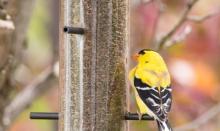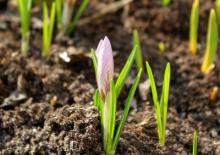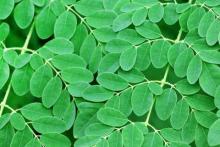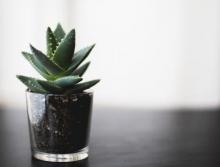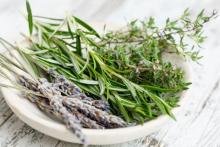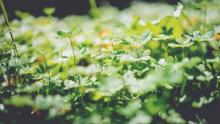Attracting Birds To Your Backyard Feeder
When my husband and I moved into our new home last month, the first thing we did was hang bird feeders from our deck. Birding is one of my favorite pastimes (bonus: it’s good for you,) and while getting out into nature and seeing birds on the trail is fun, there’s nothing like watching birds flock to your feeders as you nurse a mug of tea or sit down for dinner with the family.

